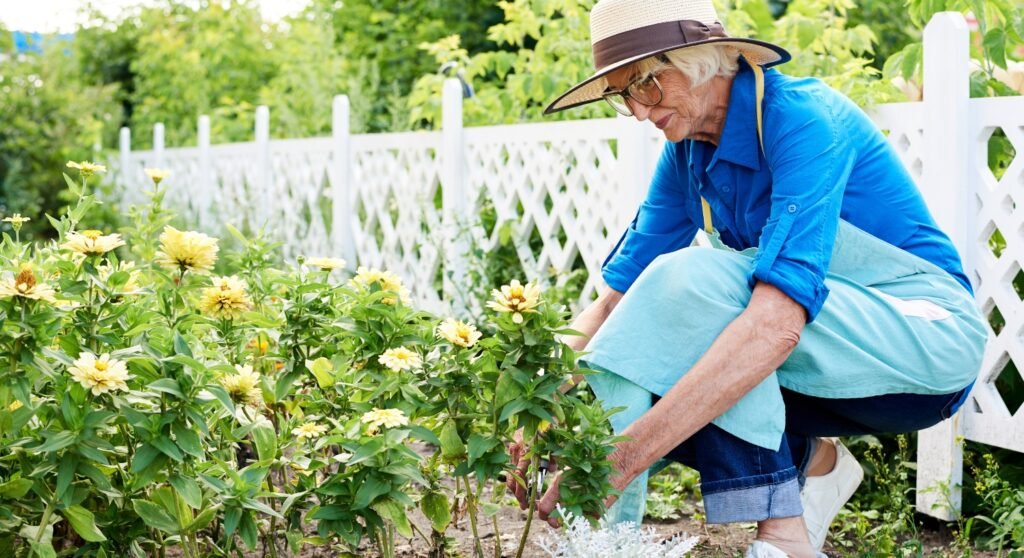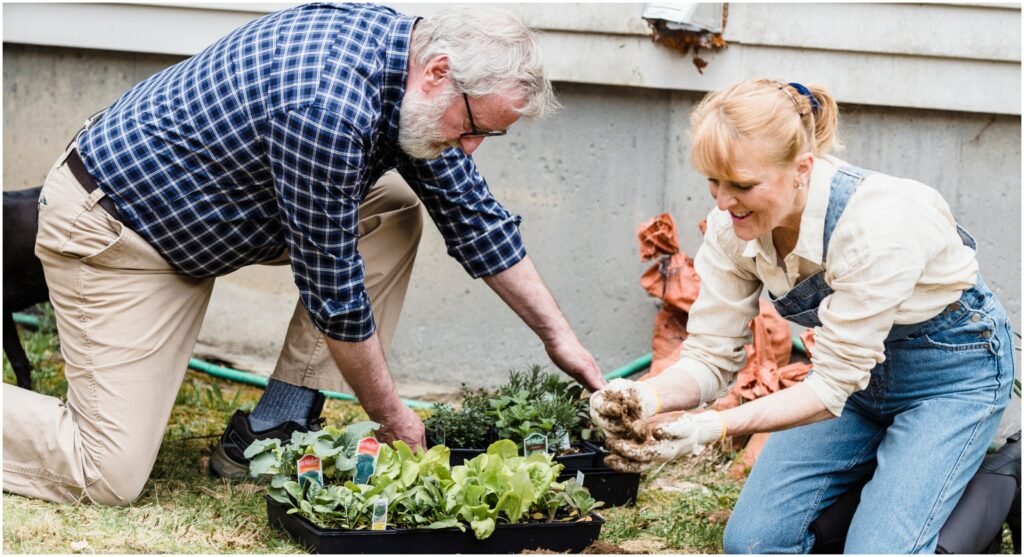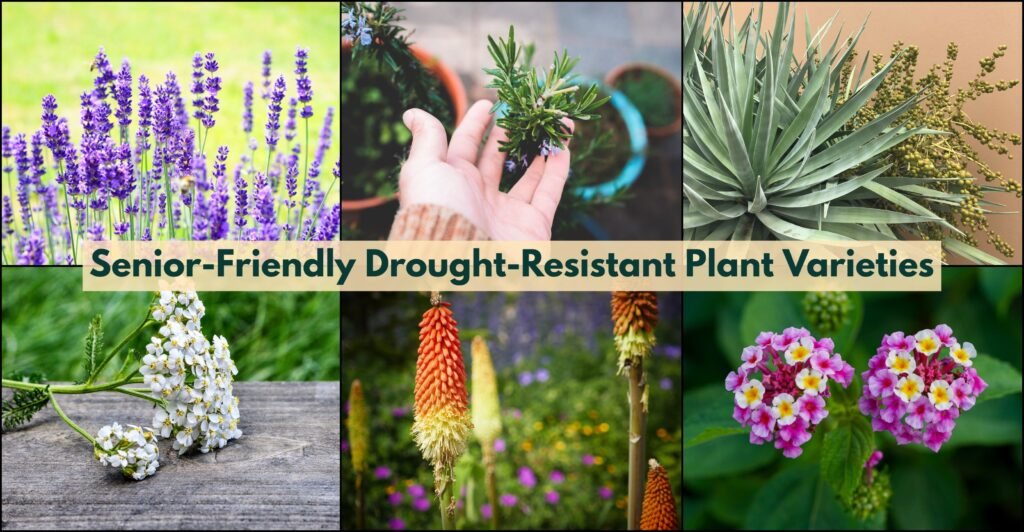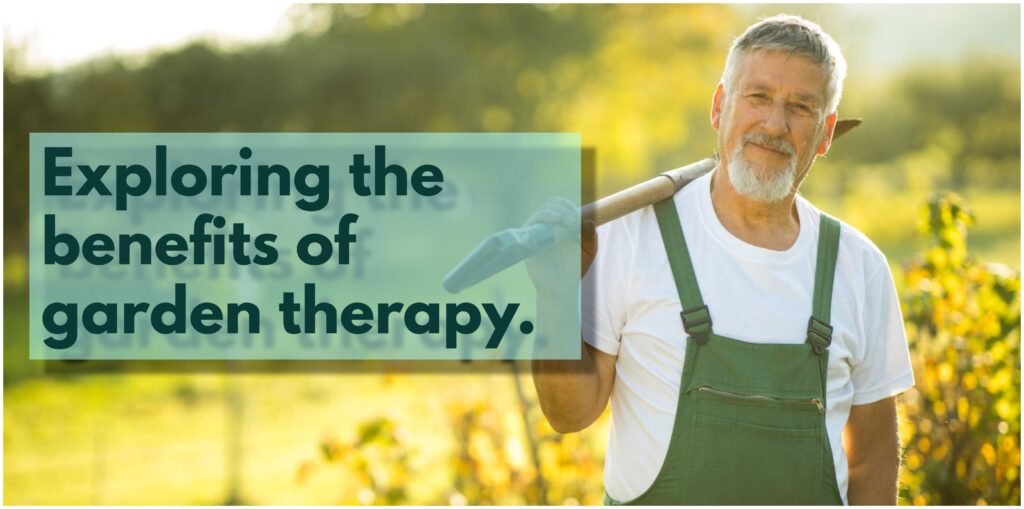Green and Affordable Senior Garden: Creating Repurposed Planters from Everyday Items

Last Updated on June 30, 2025 by Julian Espinosa
Did you know the secret to a vibrant, budget-friendly garden might be hiding in your storage closet? Discover how repurposing everyday items into planters can create a sustainable oasis perfect for senior gardeners. This guide offers:
- Cost-saving solutions: Turn unused household items into charming planters without breaking the bank
- Eco-friendly practices: Reduce waste while nurturing plants that benefit both you and the environment
- Creative inspiration: Ideas for transforming boots, furniture, and even broken tools into garden art
- Accessible design: Tips for creating raised beds and vertical gardens to ease physical strain
- Practical preparation: Simple steps to ensure your repurposed planters thrive.
Whether you’re cultivating flowers, herbs, or veggies, this approach combines sustainability with self-expression. Ready to unlock the hidden potential in your home? Let’s dig into how creativity can bloom in even the smallest spaces.
Turn Trash into Vibrant Planter Boxes for Senior Gardens
Environmental consciousness continues to rise in our communities. Repurposing and recycling have evolved from simple buzzwords into meaningful lifestyle choices that benefit our planet. Have you considered how these sustainable principles might transform your gardening experience?
Transform your discarded items into a lush, eco-friendly senior garden haven. Discover the wonders of repurposed planters for thriving senior gardens and answer the question: Why should we transform everyday items into garden treasures?
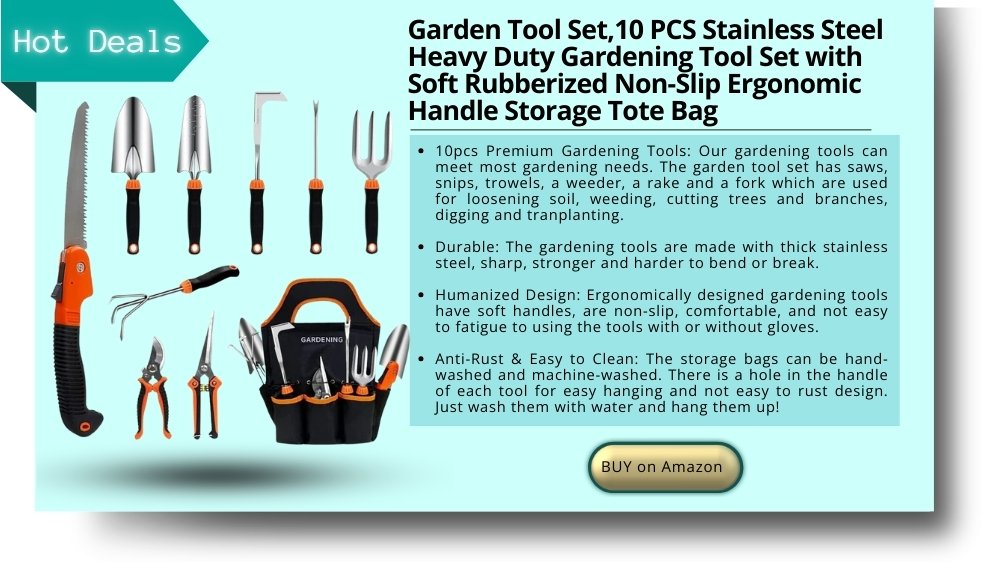
Prefer to listen rather than read?
Why Should We Transform Trash Into Treasure?
Our planet faces ongoing environmental challenges. Every small action contributes to positive change. Using discarded items as planters not only reduces waste but also adds an eco-friendly charm to your garden. Gardening can become expensive, especially for seniors on fixed incomes, but by repurposing items you already own into planters, you save money while beautifying your garden simultaneously.
The green movement represents our collective effort to address climate change and pollution. You can join this important cause through the simple yet impactful act of reusing materials. When you repurpose items like old boots, teapots, or containers into planters, you’re not just keeping them out of landfills; you’re contributing to a more sustainable future. This practice helps reduce waste, eases strain on our landfills, and decreases demand for new materials.
What’s more, it demonstrates a visible commitment to environmental stewardship. When friends and neighbors see your creative planters, they might feel inspired to consider their own environmental impact. This ripple effect shows how small efforts in your backyard can lead to meaningful change in your community.
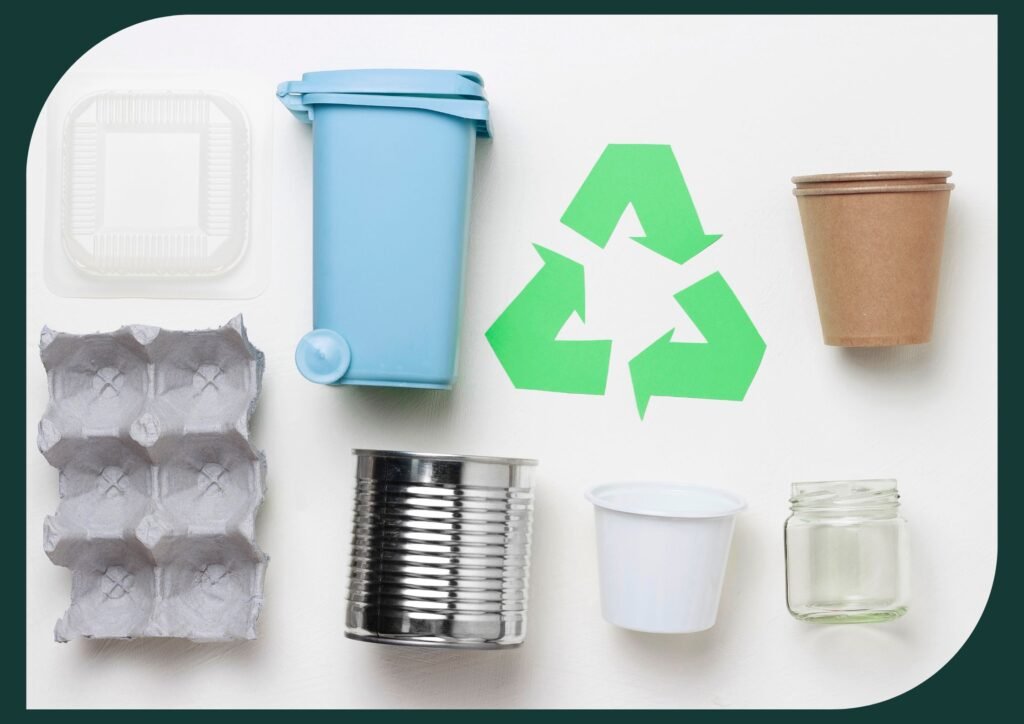
Low-Cost Garden Magic: Budget-Friendly Senior Gardening
Budget-friendly gardening offers a welcome solution for seniors who love cultivating beautiful outdoor spaces but are mindful of expenses. Gardening has earned a reputation for becoming costly, with expenditures on soil, pots, and plants accumulating quickly. However, repurposed planters make gardening accessible regardless of budget constraints.
These creative containers provide a cost-effective alternative to purchasing new planters. You can transform items already in your home—wooden crates, kitchenware, or decorative containers—into charming garden features. This approach saves money while giving these items renewed purpose. This gardening method stretches your budget while allowing you to express your unique style. It creates a win-win situation where you can design a beautiful garden space while practicing sustainability.
Budget-friendly gardening demonstrates that cultivating a vibrant garden doesn’t require significant expense—just a touch of creativity and willingness to see the potential in everyday objects.
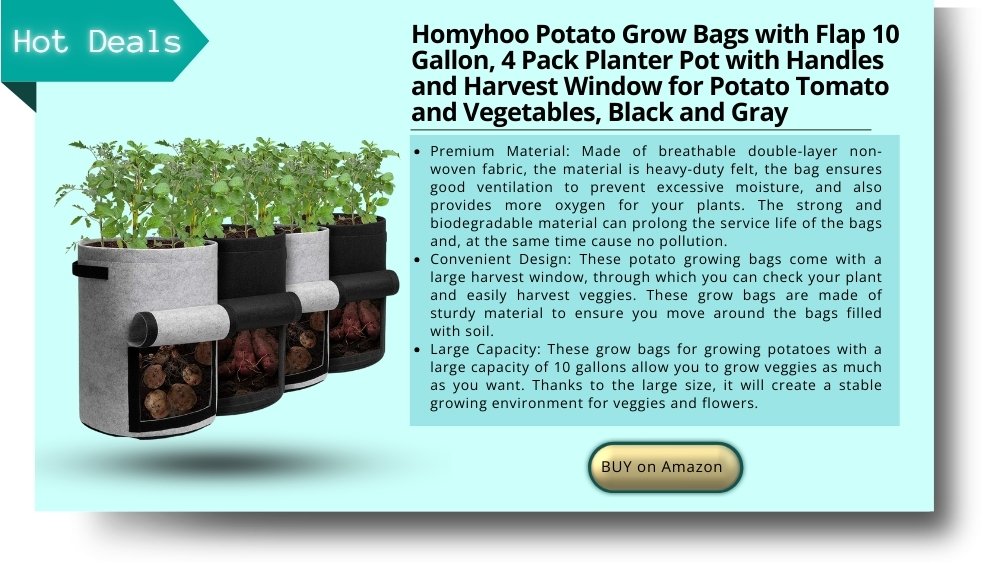
Unleashing Your Creativity: Seniors as Garden Artists
Your creativity blossoms when you transform ordinary objects into extraordinary garden features. Repurposing items as planters provides a remarkable opportunity to infuse your outdoor space with personality and style. The possibilities are virtually limitless. From vintage teapots to wooden crates and discarded furniture, you have an eclectic array of materials to work with. Each item offers unique opportunities for creative expression.
Do you prefer rustic charm? Consider weathered wooden containers. Looking for whimsical garden accents? Colorful rain boots make delightful planters. The choice is yours, with options to suit any garden design preference. Repurposed planters invite you to think beyond conventional gardening approaches. They transform everyday objects into functional, decorative elements that showcase your creativity and imagination.
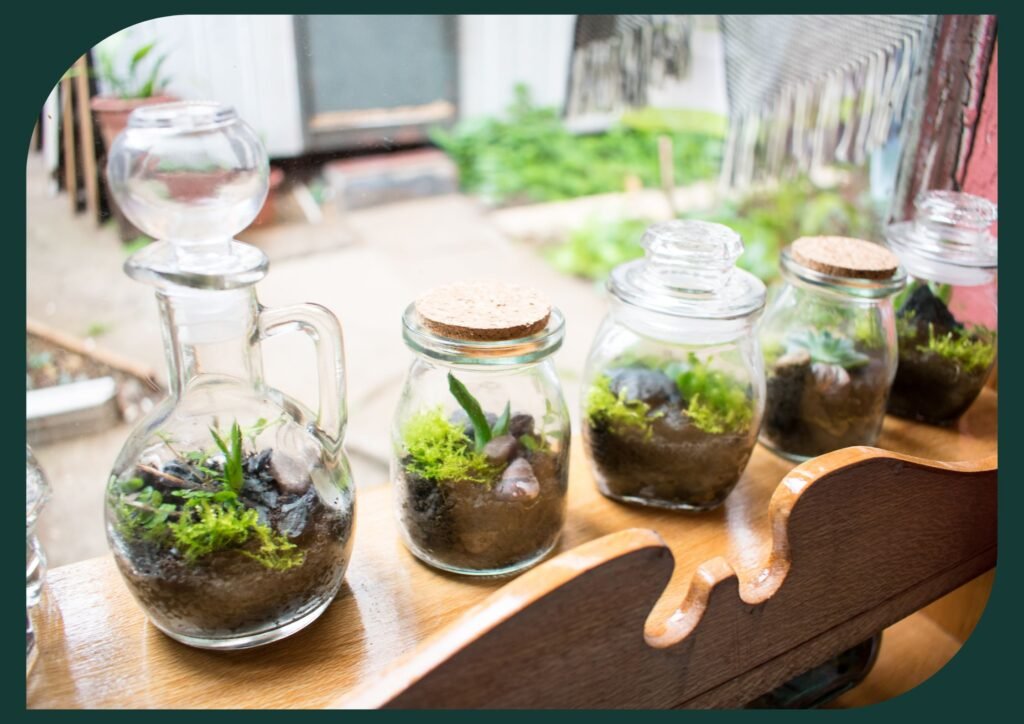
Wooden Containers and Pallets: Durable Garden Solutions
Wooden boxes and pallets offer numerous possibilities when incorporated into senior garden designs. Their natural durability makes them ideal for creating raised garden beds, which can be particularly beneficial for seniors with mobility considerations. These elevated planting surfaces eliminate the need to bend excessively, reducing strain on backs and knees.
With some creativity, wooden materials can be transformed into vertical gardens, maximizing space and creating dynamic visual displays. They provide an excellent way to showcase a diverse range of plants, herbs, and flowers in an accessible arrangement.
Beyond their practical uses, wooden structures can serve as comfortable seating areas, creating perfect spots for relaxation amid nature. For those seeking a refined appearance, sanding and painting or staining wooden elements adds sophistication. Alternatively, leaving them in their natural, weathered state creates a rustic, timeless aesthetic that many find appealing.
These versatile items offer both functionality and character, bringing a unique blend of practicality and charm to senior gardens.
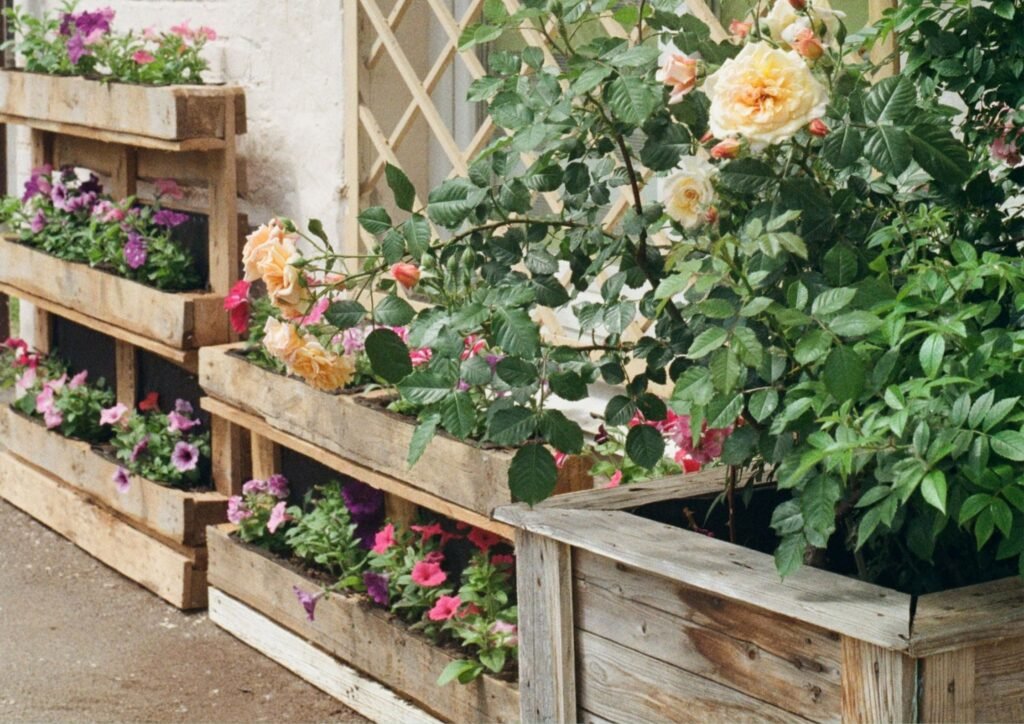
Footwear Finds New Purpose: Creative Garden Containers
Before discarding worn shoes or boots, consider their potential as charming and unconventional planters. By adding quality soil and selecting appropriate plants, you can transform footwear into whimsical garden accents. These repurposed footwear planters create a delightful atmosphere, especially appealing to seniors who appreciate nostalgic elements in their gardens. The familiar shapes and textures of old shoes can evoke fond memories while adding playful touches to outdoor spaces.
Beyond their aesthetic appeal, repurposed footwear planters contribute to sustainability efforts by keeping usable materials out of landfills. Instead of ending up as waste, they become cherished garden features that bring joy to both their owners and visitors. Rather than parting with old boots or shoes, allow them to flourish as unique, eco-friendly garden containers that add personality and charm to your outdoor environment.
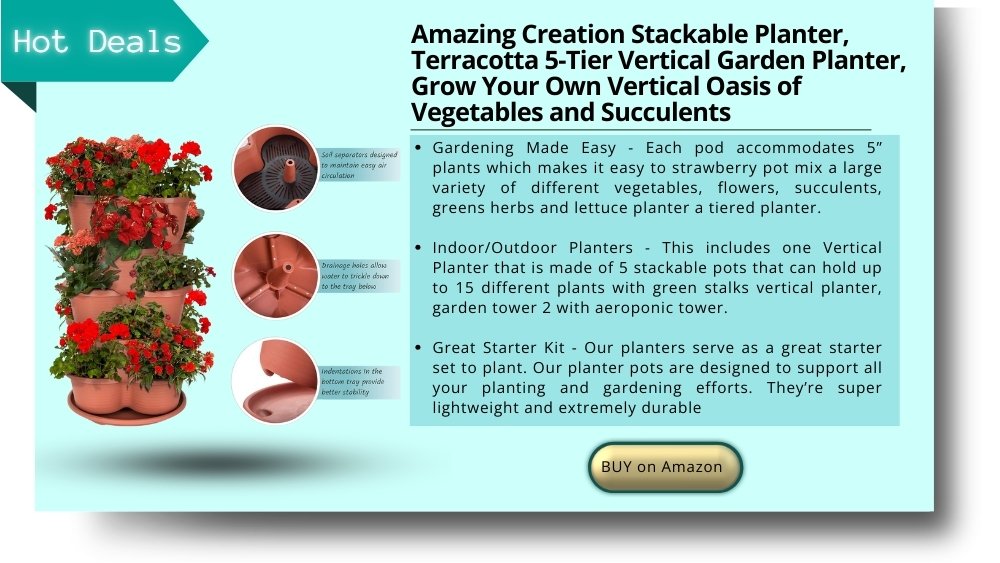
Garden Tools Reimagined: From Utility to Art
Your broken or retired garden tools deserve better than being relegated to the scrap heap. With creativity, they can find new life as captivating garden art pieces. Consider the artistic possibilities: a weathered shovel head, its edge softened by years of use, transformed into a distinctive garden sign with a beautifully painted message. This metamorphosis not only preserves the tool’s legacy but imbues it with historical significance and visual appeal.
Repurposing these well-used tools celebrates their enduring utility while honoring the dedication of gardeners past and present. As they find new purpose, they become meaningful testimonials to the traditions of gardening. Incorporating such salvaged elements into your garden design infuses your outdoor space with personality and character. These repurposed tools serve as tangible reminders of the transformative power of creativity and the beauty that emerges when we reimagine everyday objects.
Furniture Finds New Life Outdoors
Don’t discard old chairs, tables, or dressers that no longer serve their indoor purpose. Instead, give them renewed relevance in your garden landscape. A vintage chair can become an elegant plant stand, showcasing your favorite potted flowers. Consider transforming a dresser drawer into a charming raised bed, creating a unique focal point that combines functionality with visual interest.
These repurposed furniture pieces do more than add vintage charm to your garden—they provide practical solutions for displaying plants while reducing waste. Each piece tells a story and contributes to a garden space that feels thoughtfully curated and distinctive. Before disposing of furniture items, consider how they might enhance your garden’s aesthetic while supporting your sustainability goals.
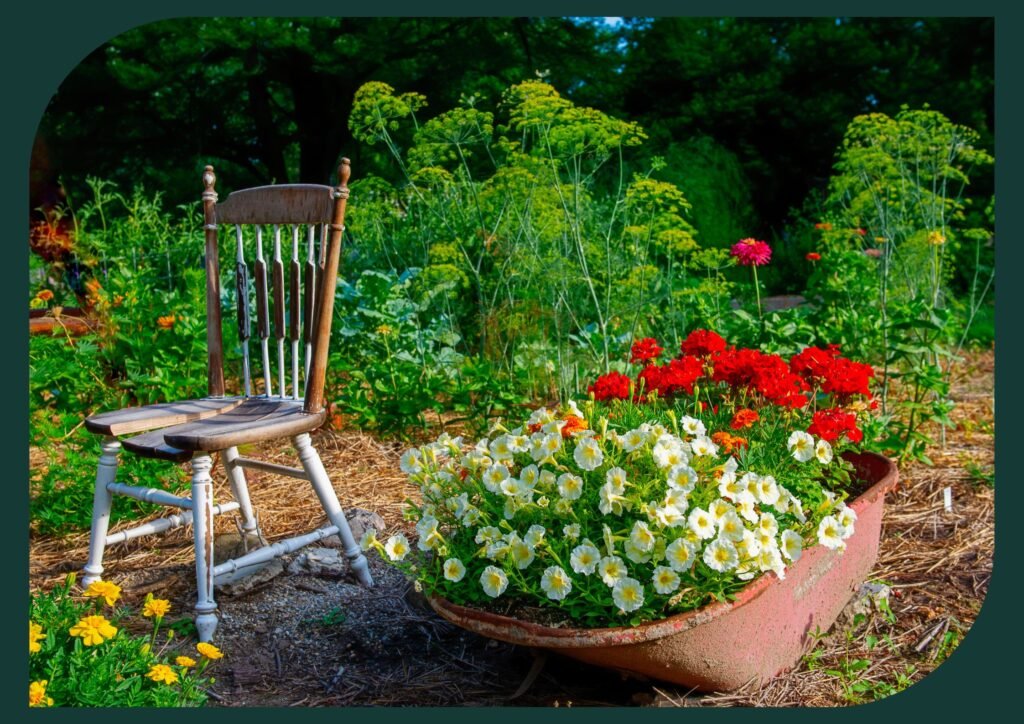
Tires: Versatile Vessels for Vibrant Gardens
Old tires offer remarkable potential as garden planters. With minimal effort—some cutting and paint—you can transform discarded tires into colorful garden accents. Their naturally round shape provides ample planting space, accommodating various plants and flowers. Tire planters offer exceptional durability, withstanding years of exposure to weather conditions while maintaining their structural integrity.
The mobility of tire planters adds to their practicality, allowing you to rearrange your garden design or bring plants indoors during harsh weather. For those with limited space, stacked tire arrangements create vertical gardens that maximize growing area while adding architectural interest.
By repurposing tires, you’re creating attractive, long-lasting planters while participating in important recycling efforts that keep these items out of landfills.
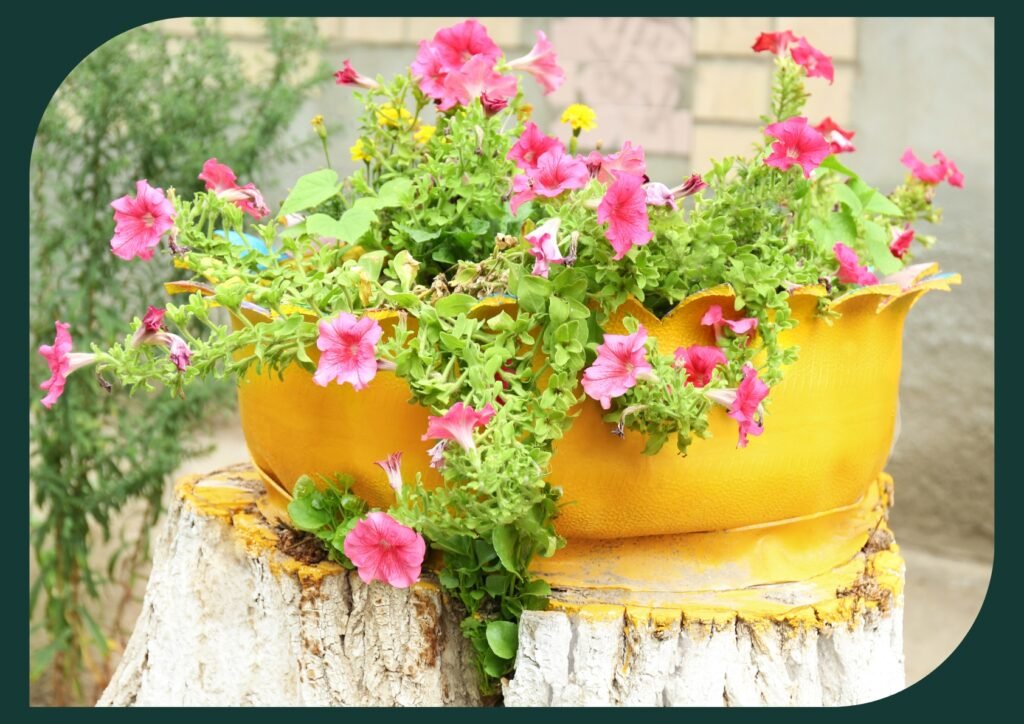
Broken Dishware: Garden Mosaics with Character
Transform cracked plates, cups, and bowls into artistic garden accents rather than discarding them. By arranging colorful ceramic fragments in creative patterns, you can create decorative elements that personalize your garden space. These mosaic arrangements add vibrant splashes of color along garden pathways or borders. Each piece contributes to a unique artistic expression that reflects your creativity and aesthetic preferences.
Repurposing broken dishware represents sustainable gardening at its most artistic. These durable ceramic pieces withstand outdoor conditions admirably while reducing waste. Your garden retains its distinctive character throughout changing seasons, with mosaics that continue to bring visual interest year after year.
Preparing for Planting Success
Before beginning your repurposing project, take these essential steps to ensure optimal growing conditions for your plants:
- Drainage
- Proper drainage prevents waterlogging and root rot that can damage plant health. If your chosen container lacks drainage holes, create them using appropriate tools. This seemingly simple step significantly impacts your plants’ vitality and longevity.
- Protective Barrier
- Line containers with landscape fabric to prevent soil erosion while maintaining appropriate moisture levels. This barrier serves dual purposes—keeping soil neatly contained while ensuring proper water management for healthy plant development.
- Quality Growing Medium
- Select appropriate soil mixes based on your intended plants’ needs. Consider enriching the growing medium with compost for added nutrients. The right soil composition creates an optimal foundation for plant growth and flowering.
- Plant Selection
- Choose plants suited to your container size and growing conditions. Consider how different plant combinations might create visually appealing arrangements. Factor in sunlight requirements, growth patterns, and seasonal variations when making selections.
With these meticulous preparations firmly in place, your repurposed planter is now primed and ready to transform into a nurturing haven for your favourite plants. This thoughtful approach ensures not only a visually stunning addition to your senior garden but also a highly functional one that will support the growth and prosperity of your green companions.
Arranging Your Garden Thoughtfully
Crafting a beautiful garden requires careful planning and attention to environmental factors. Begin by examining sunlight patterns throughout your space, ensuring each plant receives appropriate light exposure.
Position sun-loving varieties in areas receiving abundant direct sunlight, while providing shade-tolerant plants with necessary protection. This strategic arrangement ensures every plant in your garden thrives in optimal conditions.
Consider accessibility when designing your garden layout. Create well-defined pathways that allow easy navigation throughout your garden space. This practical approach simplifies maintenance while enhancing your overall gardening experience.
Thoughtfully position your repurposed planters, considering height variations, color combinations, and textural contrasts. This attention to detail transforms your garden into a cohesive, visually captivating space that showcases both your plants and creative containers.
Conclusion: A Rewarding Garden Journey
Transforming everyday items into planters for thriving senior gardens offers a fulfilling and environmentally responsible approach to gardening. This practice benefits seniors’ well-being while allowing creativity to flourish. By repurposing household items into garden planters, you create a unique outdoor sanctuary that reflects your personality while contributing to a more sustainable world. Begin your journey toward a greener, more personalized garden today, and discover the joy of giving new purpose to overlooked objects.
Have you transformed any household items into garden planters? We’d love to hear about your creative repurposing projects! Share your experiences—what unexpected items have you turned into beautiful garden features? Or if you’re just getting started, what items around your home do you think might make interesting planters? Let’s inspire each other with our sustainable gardening ideas!
Frequently Asked Questions About Repurposed Garden Planters
- What types of containers work best for repurposed planters?
- Almost any container can become a planter if it can hold soil and provide adequate drainage. Popular options include wooden crates, old boots, teapots, tires, buckets, and dresser drawers. The key is ensuring proper drainage holes and selecting appropriate plants for the container size.
- How do I ensure proper drainage in repurposed planters?
- Drill or create several holes in the bottom of your container. For delicate items like teacups, use a specialized ceramic drill bit. Line the bottom with a layer of small rocks or broken pottery pieces before adding soil to improve drainage further.
- Can I use plastic items as planters, or should I stick to natural materials?
- Both plastic and natural materials can work well. Plastic containers (like yogurt tubs or milk jugs) are lightweight and retain moisture well. However, they may degrade in sunlight over time. Natural materials like wood offer better insulation for plant roots but may deteriorate faster. Choose based on your aesthetic preference and the expected lifespan you desire.
- How can I make my repurposed planters more accessible if I have mobility challenges?
- Consider creating raised bed planters from larger containers like wooden pallets or old dressers. Vertical gardens on walls or fences can bring plants to eye level. Also, placing containers on wheeled platforms allows for easy repositioning without heavy lifting.
- What plants grow best in smaller repurposed containers?
- Herbs, succulents, and shallow-rooted flowers thrive in smaller containers. Herbs like basil, thyme, and mint adapt well to confined spaces. Succulents require minimal soil depth and are drought-tolerant. Annual flowers such as pansies, petunias, and marigolds also perform beautifully in compact repurposed planters.
- How can I prevent wooden repurposed planters from rotting?
- Line wooden containers with landscape fabric to create a barrier between the wood and moist soil. Apply a non-toxic wood sealer to exterior surfaces. Elevate wooden planters slightly off the ground to improve air circulation beneath them. Consider using cedar or redwood, which naturally resist decay better than other woods.
- How do I winterize my repurposed planters?
- For delicate containers like ceramic or glass items, bring them indoors during freezing temperatures to prevent cracking. Empty soil from containers left outdoors, or elevate them to prevent water accumulation and freezing. Consider grouping outdoor containers in a sheltered location and wrapping them with insulating materials like bubble wrap or burlap.
REFERENCES
- Environmental Protection Agency. (2023). “Reducing Waste: What You Can Do.” EPA.gov.
- National Garden Bureau. (2023). “Greening the Green Industry: How National Garden Bureau Members Champion Sustainability.” NGB.org.
- Journal of Health Psychology. “Gardening Promotes Neuroendocrine and Affective Restoration from Stress.”
- Royal Horticultural Society. (2024). “Growing Plants in Containers.” RHS.org.uk.


